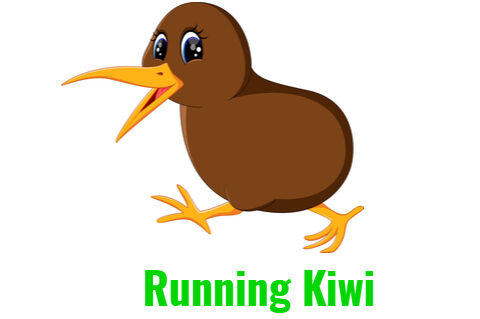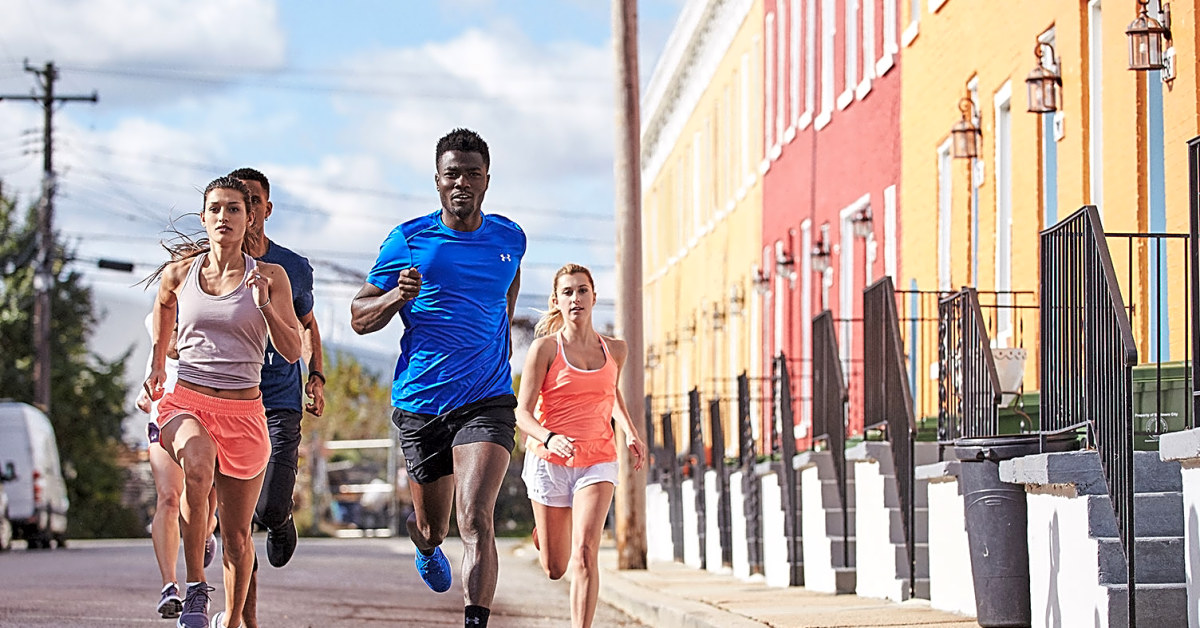Ultra running is a grueling sport that requires endurance and stamina. Runners who participate in ultra marathons often face physical challenges such as blisters, muscle fatigue, and joint pain. Compression socks have become a popular solution for runners looking to alleviate these symptoms and improve their performance.
Compression socks are designed to improve circulation and reduce swelling in the legs. They work by applying pressure to the veins and muscles in the lower leg, which helps to increase blood flow and oxygen delivery to the muscles. This can result in reduced muscle fatigue and improved endurance for runners, making them a popular choice for ultra marathoners.
There are many different types of compression socks available on the market, each with their own unique features and benefits. Some socks are designed specifically for running, while others are more versatile and can be worn during a variety of activities. When choosing compression socks for ultra running, it’s important to consider factors such as fit, compression level, and material to ensure maximum comfort and effectiveness.
What are Compression Socks?
Compression socks are specialized socks that are designed to improve blood circulation and reduce muscle fatigue during physical activity. They are made from a stretchy material that fits tightly around the foot, ankle, and calf, exerting pressure on the veins and muscles in the lower leg.
How do they work?
Compression socks work by squeezing the veins in the lower leg, which helps to increase blood flow back to the heart. This increased blood flow can help to reduce swelling, improve oxygen delivery to the muscles, and reduce the risk of blood clots.
Compression socks also provide support to the muscles in the lower leg, which can help to reduce muscle vibration and fatigue during physical activity. This can be especially beneficial for ultra runners who are pushing their bodies to the limit over long distances.
Benefits of Compression Socks for Ultra Running
Compression socks can provide a number of benefits for ultra runners, including:
- Reduced muscle fatigue and soreness during and after a run
- Improved blood flow and oxygen delivery to the muscles
- Reduced risk of blood clots
- Reduced swelling and inflammation in the lower leg
- Improved muscle support and stability
- Improved proprioception (awareness of body position and movement)
While the benefits of compression socks for ultra running are still being studied, many runners swear by them and find that they help them to perform better and recover faster.
Choosing the Right Compression Socks for Ultra Running
Fit and Size
- The fit of compression socks is critical for ultra running. The socks should fit snugly, but not too tight.
- It’s essential to measure the calf circumference and the ankle to knee length accurately.
- Compression socks come in different sizes, so it’s crucial to choose the right size for maximum benefit.
Material and Durability
- Compression socks are made of different materials such as nylon, spandex, and polyester.
- The material should be breathable, moisture-wicking, and quick-drying to keep the feet dry and comfortable during long runs.
- The durability of the socks is also important. Look for socks that are resistant to wear and tear and can withstand repeated washing.
Compression Level
- The compression level of the socks is measured in millimeters of mercury (mmHg).
- For ultra running, a compression level of 20-30 mmHg is recommended.
- However, it’s important to note that too much compression can be harmful, so it’s essential to choose the right level for your needs.
Style and Design
- Compression socks come in different styles and designs, from plain and simple to colorful and patterned.
- While style is a personal preference, it’s important to choose a design that won’t distract from the primary focus of the run.
- It’s also essential to choose socks that won’t slip or bunch during the run.
How to Wear Compression Socks for Ultra Running
Putting Them On
Before putting on compression socks, make sure your feet and legs are clean and dry. It is recommended to wear them before starting your run, as it may take some time to put them on properly. Follow these steps to put on compression socks:
- Roll down the sock until the heel is exposed.
- Place your foot inside the sock and pull the sock up to the heel.
- Gradually pull the sock up over your calf, making sure there are no wrinkles or bunches.
- Adjust the sock so that it fits snugly around your calf without being too tight.
Wearing Them During Your Run
Compression socks can help improve circulation and reduce muscle fatigue during ultra running. Here are some tips for wearing them during your run:
- Make sure the socks are pulled up all the way to your knee to get the full benefits.
- Wear them for the duration of your run, taking them off only when necessary.
- Do not wear them for too long, as they can cause discomfort or even harm if worn for extended periods.
- Make sure the socks are not too tight, as this can restrict blood flow and cause discomfort.
Taking Them Off
After your run, it is important to take off your compression socks properly. Follow these steps:
- Roll down the sock from the top, turning it inside out as you go.
- Gently pull the sock down over your heel and off your foot.
- Store the socks in a cool, dry place until your next run.
Conclusion
Compression socks have become increasingly popular among ultra runners due to their purported benefits, including improved blood flow, reduced muscle soreness, and faster recovery times.
While the scientific evidence supporting these claims is limited, many runners find that wearing compression socks during and after long runs helps them feel more comfortable and recover more quickly.
It’s important to note that compression socks are not a magic solution and should not be relied upon as a substitute for proper training, nutrition, and recovery. However, they can be a useful tool in an ultra runner’s arsenal, particularly for those who are prone to muscle soreness or who struggle with recovery after long runs.
When choosing compression socks, it’s important to look for high-quality materials and a comfortable, snug fit. It’s also worth experimenting with different brands and styles to find the ones that work best for you.
Overall, compression socks can be a valuable addition to an ultra runner’s gear collection, but they are not a one-size-fits-all solution. By incorporating compression socks into a comprehensive training and recovery plan, runners can maximize their performance and minimize their risk of injury.




